Shelley Vandegrift’s photo of Days Cottages in North Truro appears in “The Beauty of Invisible Light,” an exhibition of infrared photography by Vandegrift and Laurie Klein now on view at the Provincetown Commons. John D’Addario takes a look at the photographers and their process in this week’s Arts and Minds. (Photo courtesy the artist)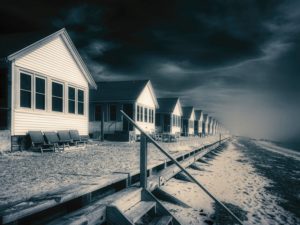
Shelley Vandegrift
VISIONS
Seeing the Invisible
Two photographers reveal hidden realms of light
Photography usually depicts what we see. Sometimes, it also shows us what we can’t.
There are hidden realms on either end of the spectrum of light we perceive when we look at a rainbow. Photographers Laurie Klein and Shelley Vandegrift explore the realm of the unseen in their work, on view at the Provincetown Commons through Oct. 16.
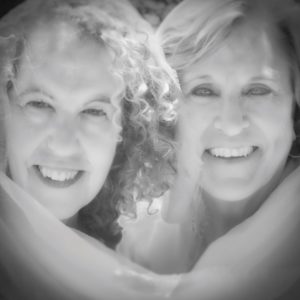
“The Beauty of Invisible Light” presents infrared photographs of landscapes and figure studies by the two artists, who have been working and teaching together for nearly a decade. The intense contrasts and sharp-edged natural settings in some of Klein’s images, like Nesting and Winged Goddess, show the influence of Ansel Adams, with whom she studied, while ones like Dreaming evoke an almost pre-Raphaelite mood. Vandegrift’s Weathering the Storm (taken at Ballston Beach in Truro) and Days Cottages show familiar Outer Cape landscapes filtered through the lens of a half-remembered dream. Her Beauty and Form emerges from a parallel but no less evocative dream world, a figure study that exists in an alternate reality between sculpted marble and flesh and blood.
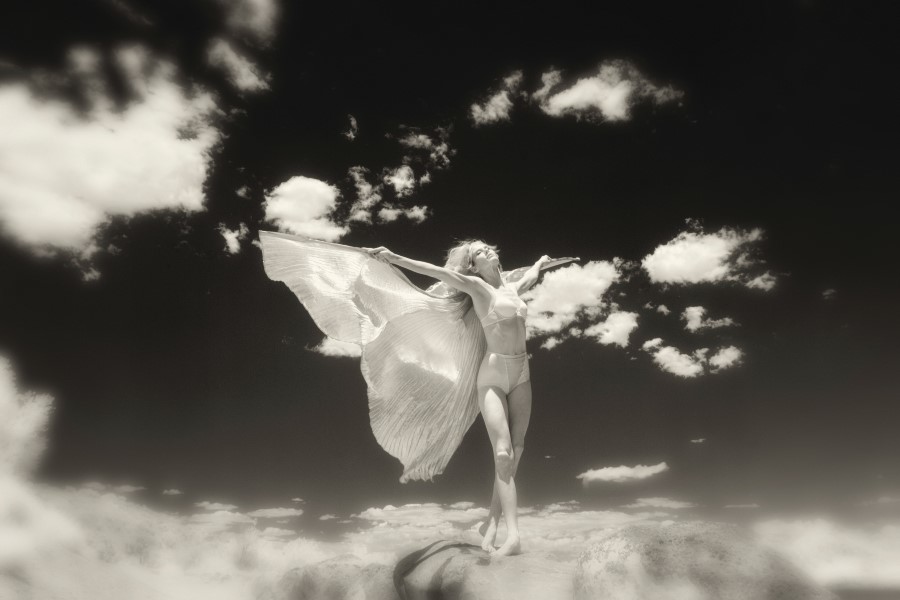
To understand how Klein and Vandegrift create their lush and occasionally hallucinatory images, it’s helpful to recall some elementary physics. The colors we see in the spectrum of visible light are part of a much wider electromagnetic spectrum, which also includes radiation, microwaves, and radio waves. Ultraviolet light has wavelengths smaller than the blues and violets on one end of the range of colors we see. Infrared light is at the opposite end, with wavelengths greater than the color red. It’s the range of wavelengths that lies just beyond the visible red of the spectrum that is the focus, literally and figuratively, of Klein’s and Vandegrift’s work. (To put infrared photography in another context, high-tech thermal imagery used in military reconnaissance uses wavelengths even further along the same spectrum, while the arena of ultraviolet photography, used for such varied purposes as forensic analysis of crime scenes and art restoration in addition to psychedelically tinged visual art, exists at the opposite end.)
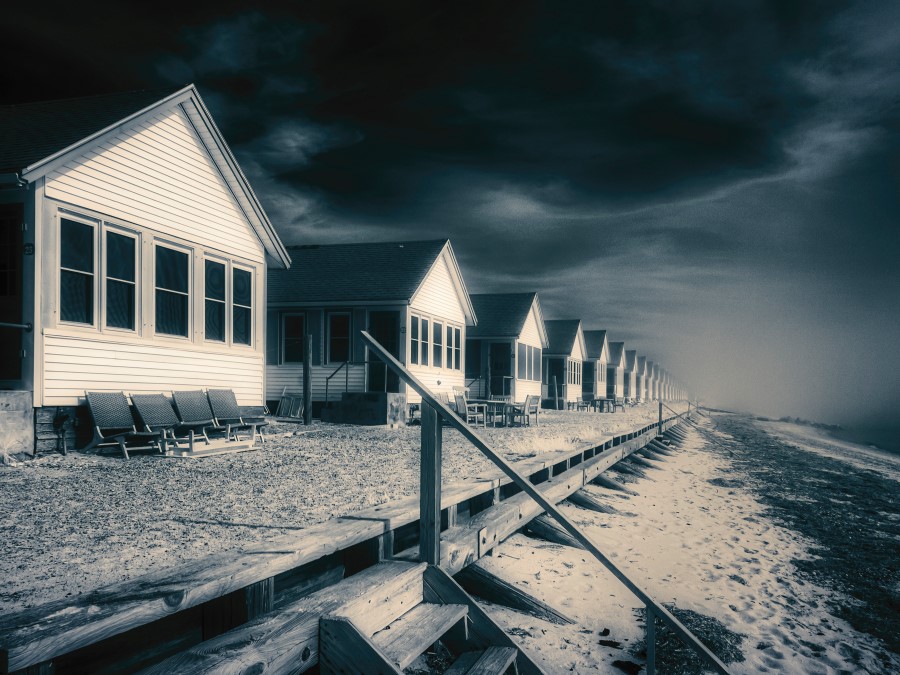
Capturing infrared light in photography presents technical challenges. Since it changes both the way we see things and how conventional photography records them — in landscapes, for example, leaves and grass appear bleached out while skies have higher contrast — most cameras are built with filters that block infrared light from reaching the film or image sensor. Infrared photography uses lens filters (which require longer exposure times, since less visible light is able to pass through the lens) or special film, or requires removing the infrared filter in the camera itself.
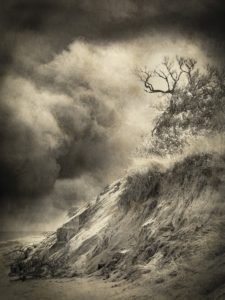
Klein and Vandegrift both use the latter type of specialized equipment in their work and enhance their photographs by digital manipulation. “On its own, infrared photography produces images with pronounced highlights and depth,” says Vandegrift. “But you can add and further enhance those tones and textures in post-processing. It’s kind of the best of both worlds.”
In addition to their shared medium, both artists have long connections to Provincetown. Klein, who grew up in Connecticut, visited on family vacations from childhood. Vandegrift first came to Provincetown in 1988 and has been returning with her partner nearly every summer since. The two met when Klein was teaching a photography class in Dallas eight years ago that Vandegrift enrolled in when she was starting to get more serious about art. “She was the only one who mentioned creativity in her class description,” says Vandegrift of her teacher and eventual creative partner. “And within a half hour of that first class, I told her, ‘You are going to change my life.’ ” They soon began teaching photography workshops together and have since led classes all over the country and as far afield as Morocco.

The two say they work well together because of their complementary skills. “We say the same thing but in different ways,” says Klein. “Shelley knows all the technical details, and I tend to be more ‘woo-woo’ about things.”
Klein began her career as a biomedical photographer before transitioning to fine art; she refined her analog infrared photography techniques as a wedding photographer in New York along the way. “There weren’t many people who were taking wedding photos with those effects,” she says. “I was using film back then, and it was an expensive and time-consuming process. I’m still very traditional in many ways, because that’s how I learned. But Shelley keeps coming up with different ways to expand the medium.” Vandegrift is self-effacing when it comes to describing her own talents: “I’m lazy,” she says. “I just waited for digital to come along.”
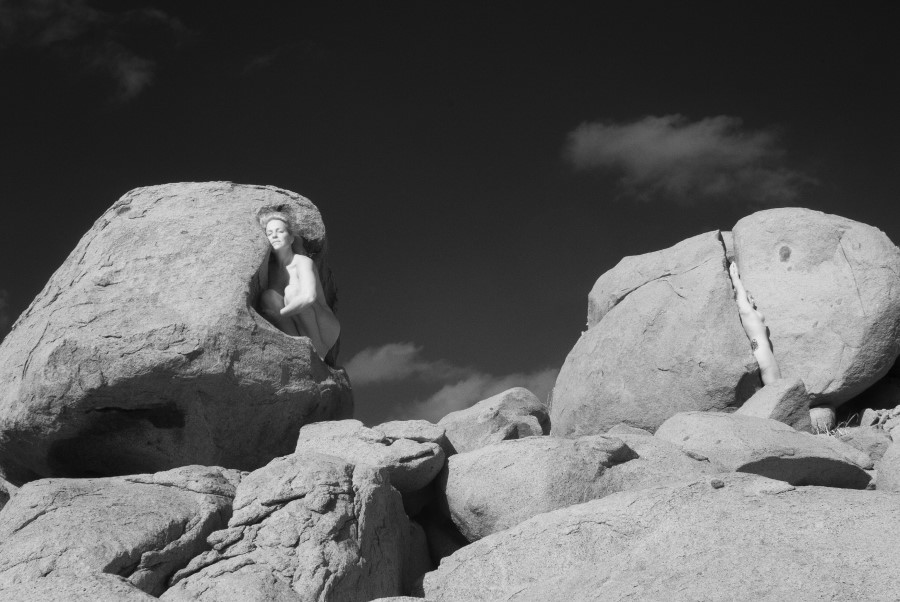
She also says those different perspectives carry over into their photographs. “Laurie gets her compositions in her viewfinder, with very little post-processing,” Vandegrift says. “But I look at what I see in my camera as a starting point. That first image is sort of like a preparatory sketch for a painting: I use it as something to build upon.”
“We’re both imaginative storytellers,” says Vandegrift. “And it’s been magical working together all these years. I’m happy that people are going to get a chance to see what we do.”
The Beauty of Invisible Light
The event: Infrared photographs by Laurie Klein and Shelley Vandegrift
The time: Through Oct. 16
The place: The Provincetown Commons, 46 Bradford St.
The cost: Free
